What is punk?
Dive into the origins of punk and explore the unique worlds and aesthetics of its many subgenres—from cyberpunk to steampunk.
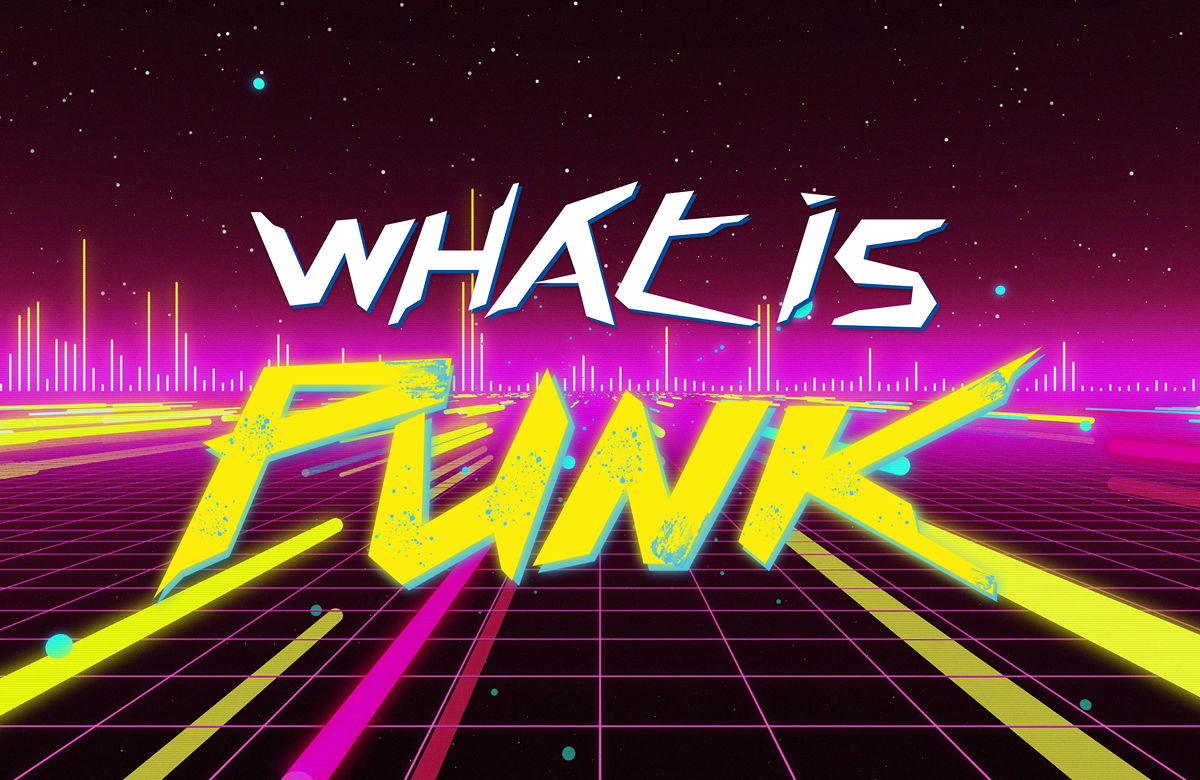
The word "punk" wasn’t always a symbol of rebellion or coolness. In the past, it was a term used to dismiss people—low-lives, criminals, delinquents, and troublemakers. It referred to people or things deemed worthless, trashy, or morally corrupt. The transformation of “punk” into a symbol of defiance and individuality is surprisingly recent.
Rise of Punk Culture and Aesthetics
In 1970s Britain, mainstream rock was reaching new heights of popularity and production—but for many young people, it had become too commercialized and elitist to feel like their own. This disconnect gave rise to a countercultural movement driven by frustration with societal norms, economic inequality, and cultural authority. Leading this movement were working-class youth who played a raw, rebellious form of rock, dressed in radical fashion, and embodied the spirit of defiance.
At first, mainstream society and the media used the term “punk” to mock them—calling them losers or scum. But instead of rejecting the label, the youth embraced it. They reclaimed the term “punk” and built a strong cultural identity around it. That identity was also reflected in both their fashion and the style they pursued. This spirit came through in signature elements such as:
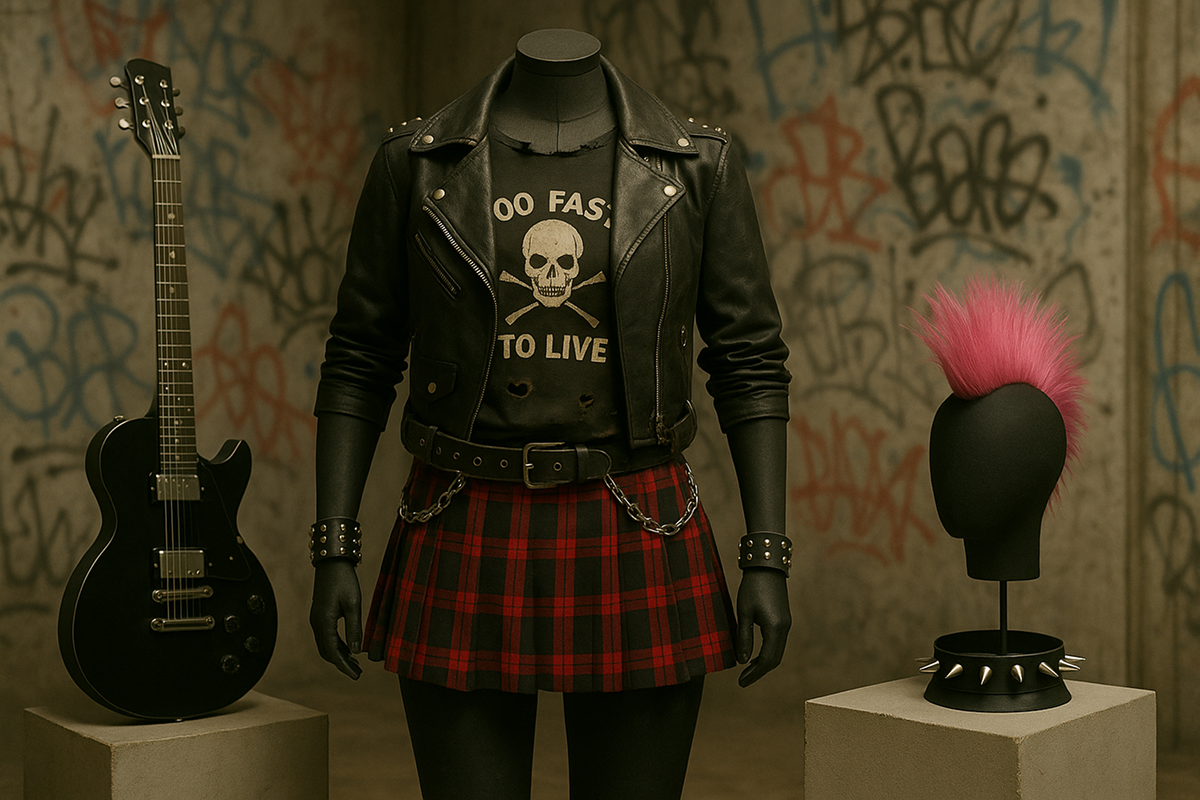
- Mohawk hairstyles
- Metal studs and spikes
- Ripped jeans
- Leather jackets
Each of these reflected their resistance to norms and their desire to express individuality.
This rebellious spirit and unique fashion still influence media, film, and video games today. The concept of punk as a stance against broken systems and oppressive powers has inspired countless creators, resulting in the birth of various punk subgenres, each with its own unique style and philosophy.
Types of Punk
With the rise of Cyberpunk in the late 1970s, punk culture began evolving into new genres. Most of these genres present a world that appears technologically advanced on the surface but hides a dystopian reality beneath. Each subgenre carries its own distinct visual aesthetics and narrative tone. Now let’s take a look at some of the most well-known punk genres:
Cyberpunk
Cyberpunk is one of the earliest and most influential of the punk-inspired subgenres, portraying a dystopian future shaped by rapid technological growth and societal decline. Set in worlds dominated by corrupt mega-corporations and constant surveillance, it explores the tension between high-tech innovation and human struggle. At its core, cyberpunk questions what happens when technology outpaces morality.
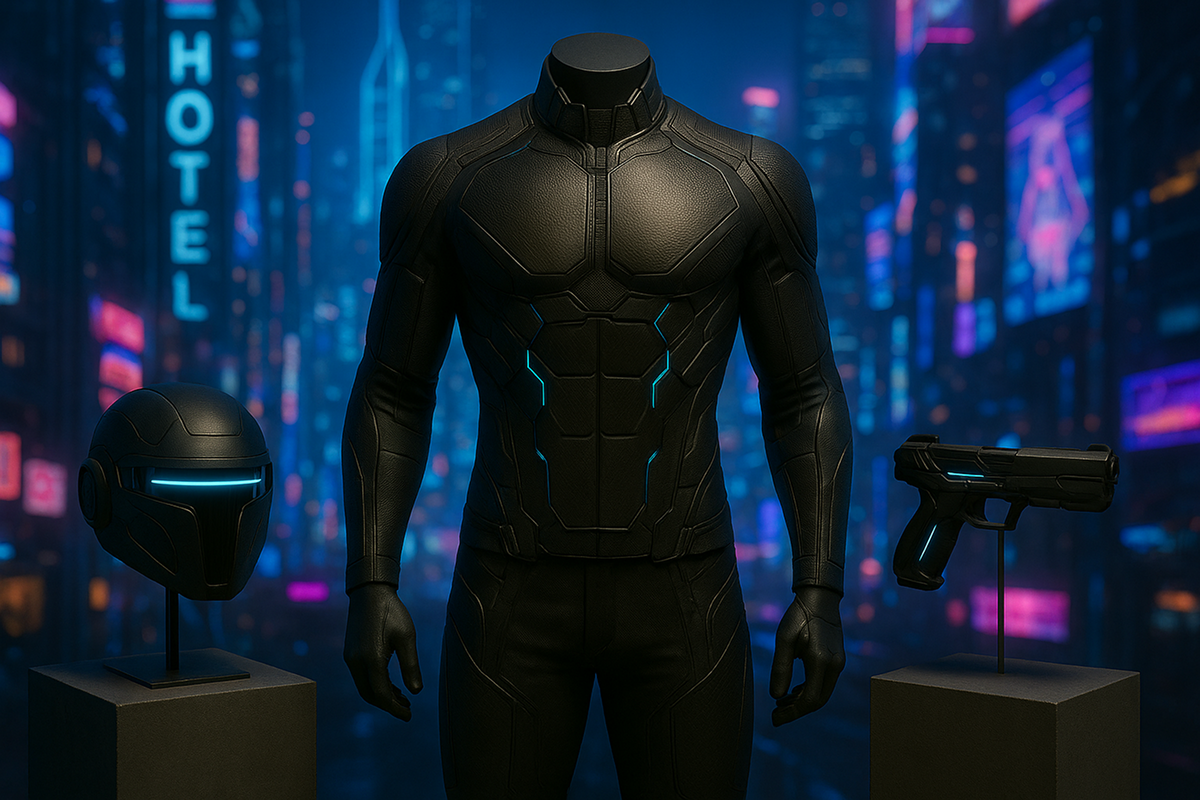
Key Aesthetics:
- Neon lights and digital glow
- Futuristic minimalist design
- Cybernetic body enhancements
- Skyscrapers and vertical architecture
Steampunk
Steampunk is rooted in retro-futurism, imagining an alternate history where steam power and mechanical innovation remained the dominant forces driving technological progress. It envisions a world where the digital revolution never happened, and instead, society evolved through gears, pistons, and elaborate clockwork devices. This genre blends the ornate elegance of Victorian-era fashion and architecture with the rugged inventiveness of industrial machinery, resulting in a distinctive blend of romanticism and industrial imagination.
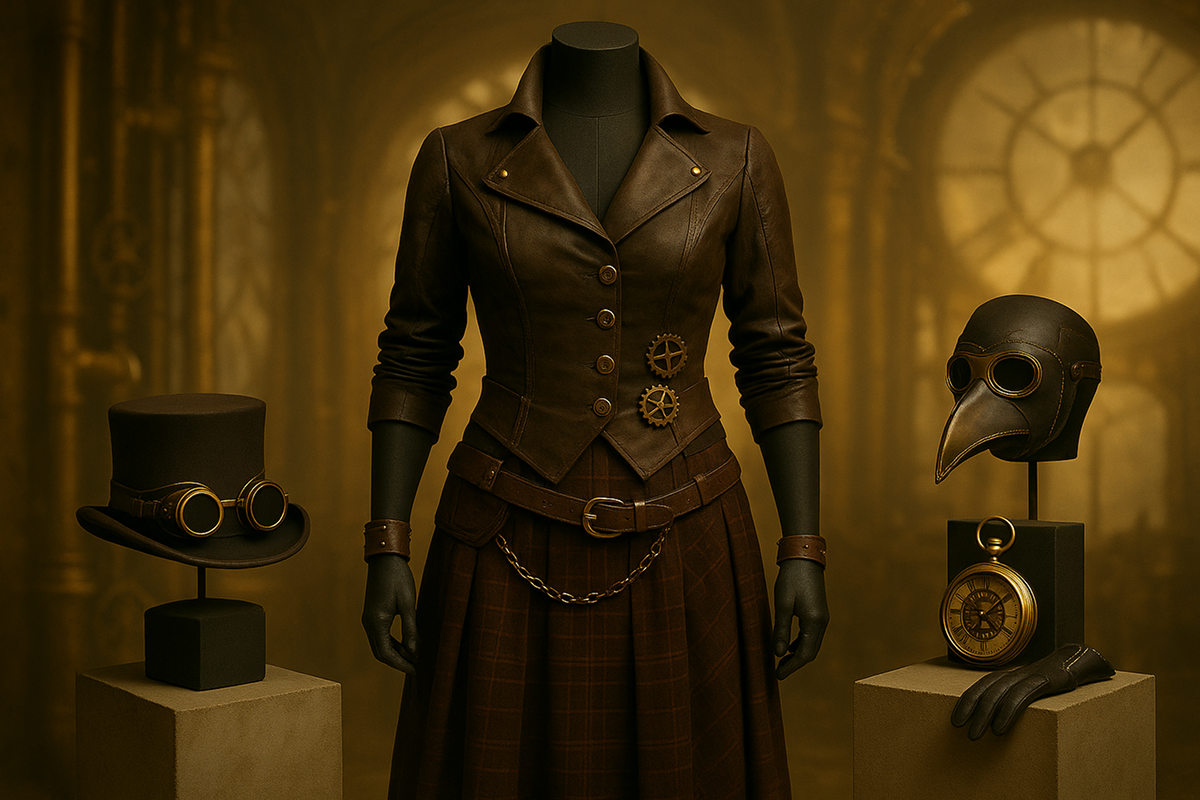
Key Aesthetics:
- Massive steam engines and brass mechanics
- Gears, cogs, and analog gauges
- Victorian suits and Belle Époque dresses
Dieselpunk
Dieselpunk draws inspiration from the interwar period and the early 20th century, especially the industrial and military aesthetics of the 1920s to 1950s. It channels the gritty atmosphere of a world shaped by mechanization, oil, and steel—where tanks, propeller planes, and looming factories dominate the landscape. Often set in war-torn or authoritarian environments, dieselpunk explores themes of conflict, resistance, and the darker side of modernity, blending historical influence with speculative, often dystopian, twists.
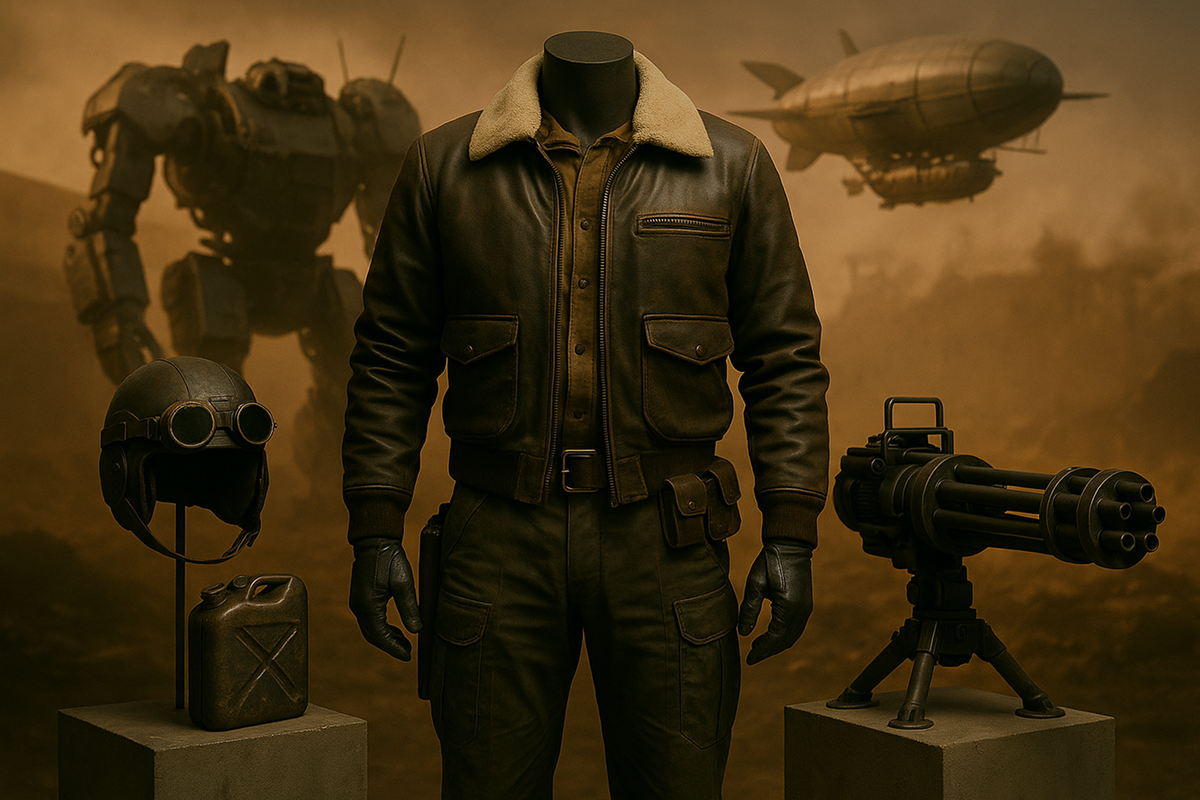
Key Aesthetics:
- Heavy machinery and armored vehicles
- WWII-inspired fashion and weaponry
- Military-style uniforms
- Grim, smoky industrial settings
Biopunk
Biopunk focuses on biotechnology, genetic engineering, and the manipulation of life itself. It delves into the ethical and societal consequences of unchecked scientific advancement—cloning, biohacking, designer organisms, and corporate control over biology. Set in often dystopian worlds, biopunk raises profound questions about identity, autonomy, and what it means to be human in an age where life can be edited like code.
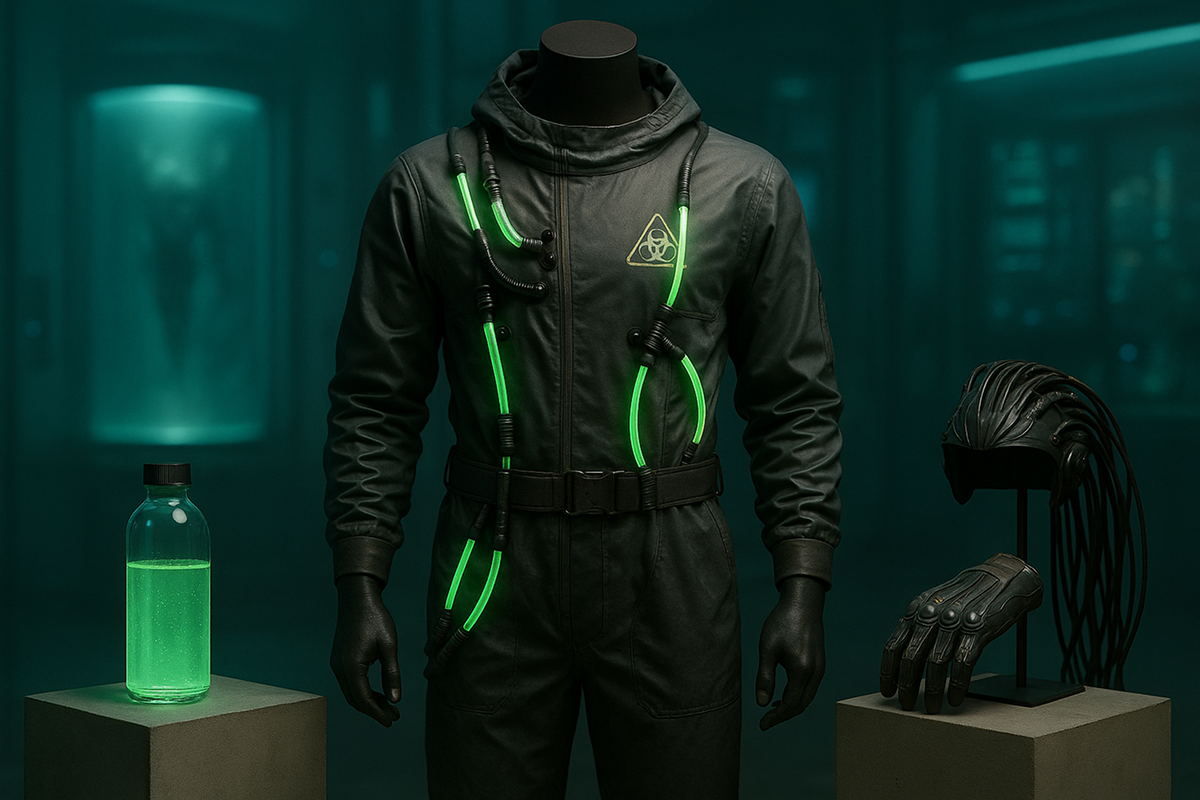
Key Aesthetics:
- Genetic labs, spliced DNA, and mutated organisms
- Body horror and medical technology
- Themes of dehumanization and corporate control
Solarpunk
In contrast to other punk genres, Solarpunk presents an optimistic, eco-conscious future where technology and nature coexist in balance. It imagines a world where communities have embraced sustainability, renewable energy, and environmental justice—not as distant ideals, but as everyday realities. Solarpunk emphasizes cooperation, resilience, and a hopeful vision of what the future could look like if humanity chooses to live in harmony with the planet.
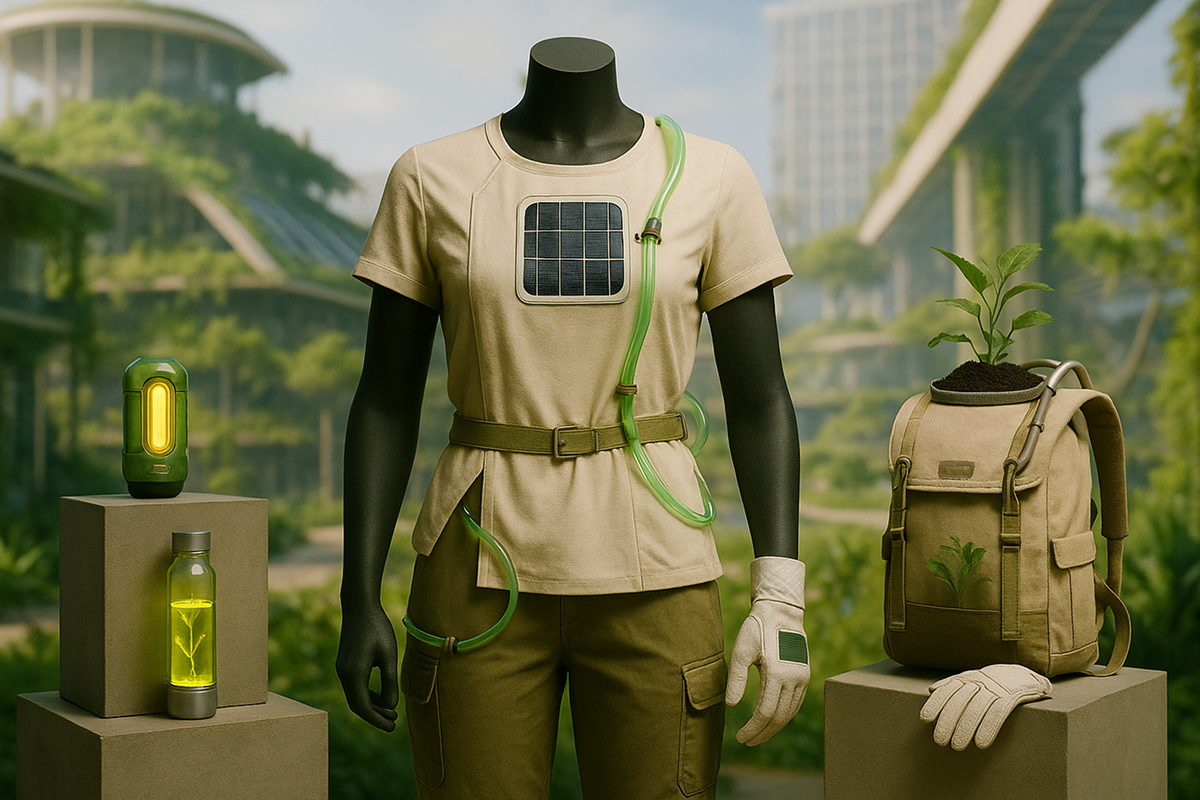
Key Aesthetics:
- Green cities, solar panels, and eco-architecture
- Futuristic yet nature-integrated design
- Bright, utopian visuals and community-driven ideals
Make Your Own Punk Style with ALTAVA AI
What’s the punk genre that fascinates you the most? On Roblox, fashion trends constantly evolve— you've likely seen avatars wearing cyberpunk visors and steampunk robot avatars. But did you know that you can create your own? ALTAVA is a web-based platform that lets you design and publish your own 3D outfits easily—no prior 3D skills needed. ALTAVA AI empowers you to bring your punk vision to life and make outfits in any style you imagine.
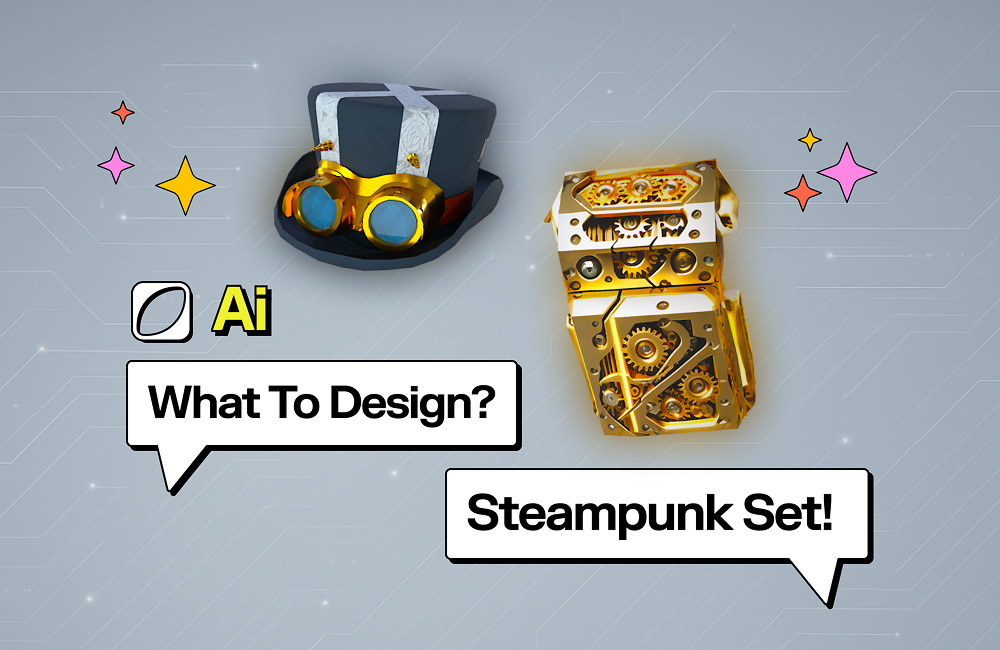
Visit ALTAVA Design Lab and create an outfit in your favorite punk style today!

